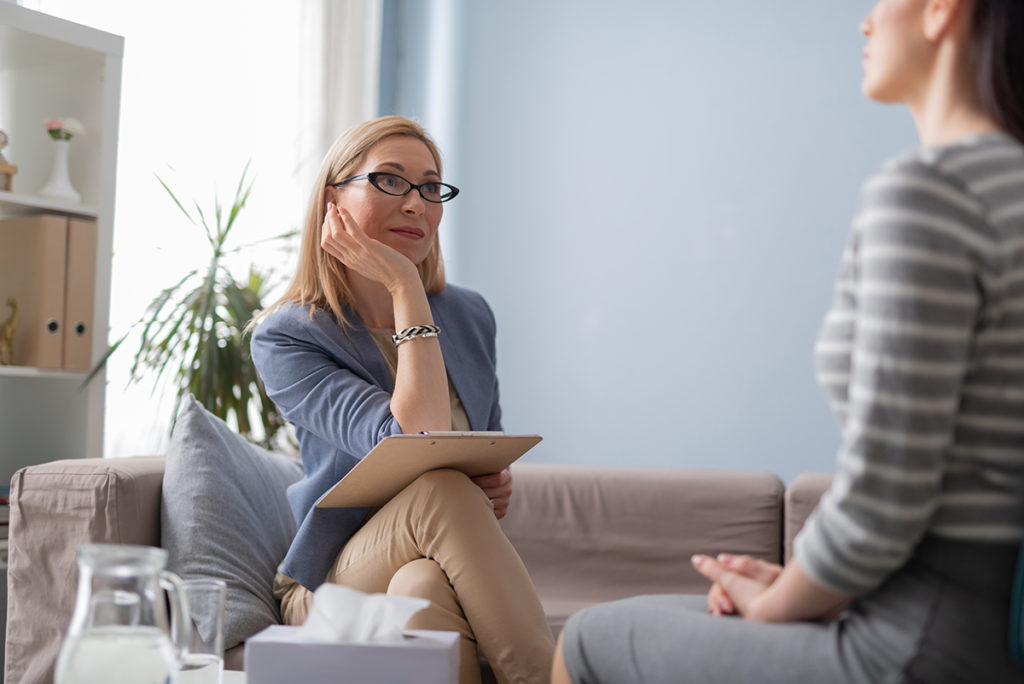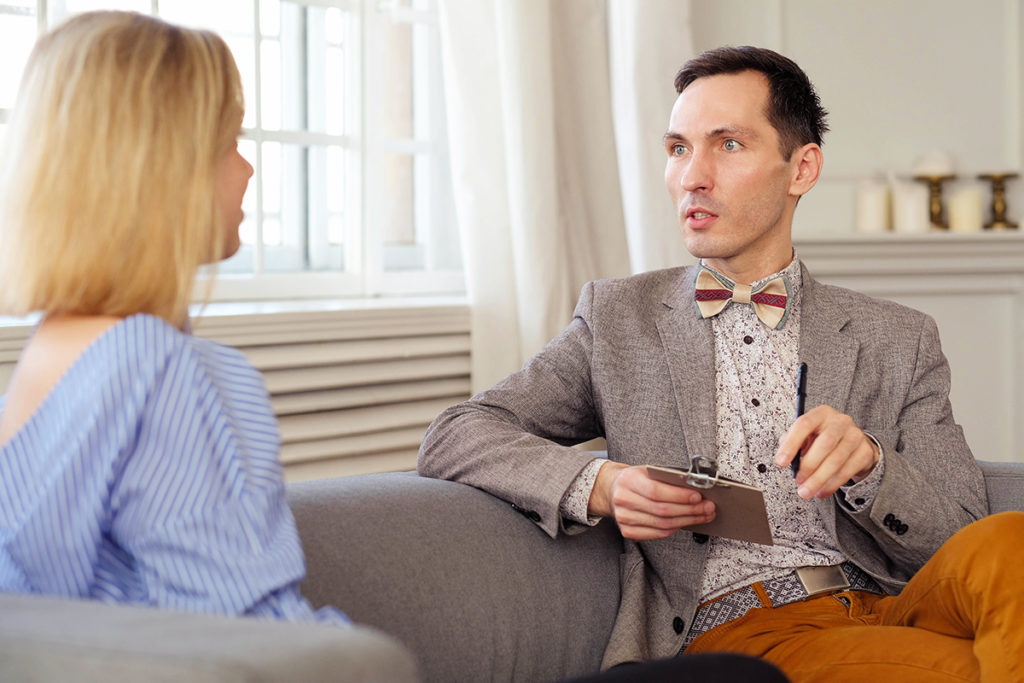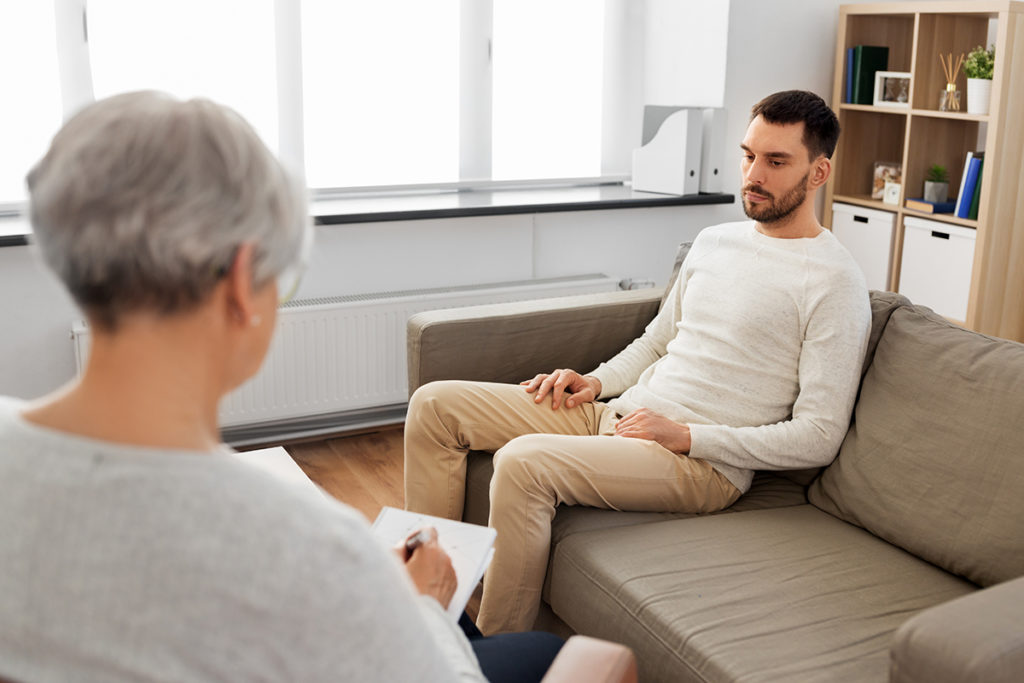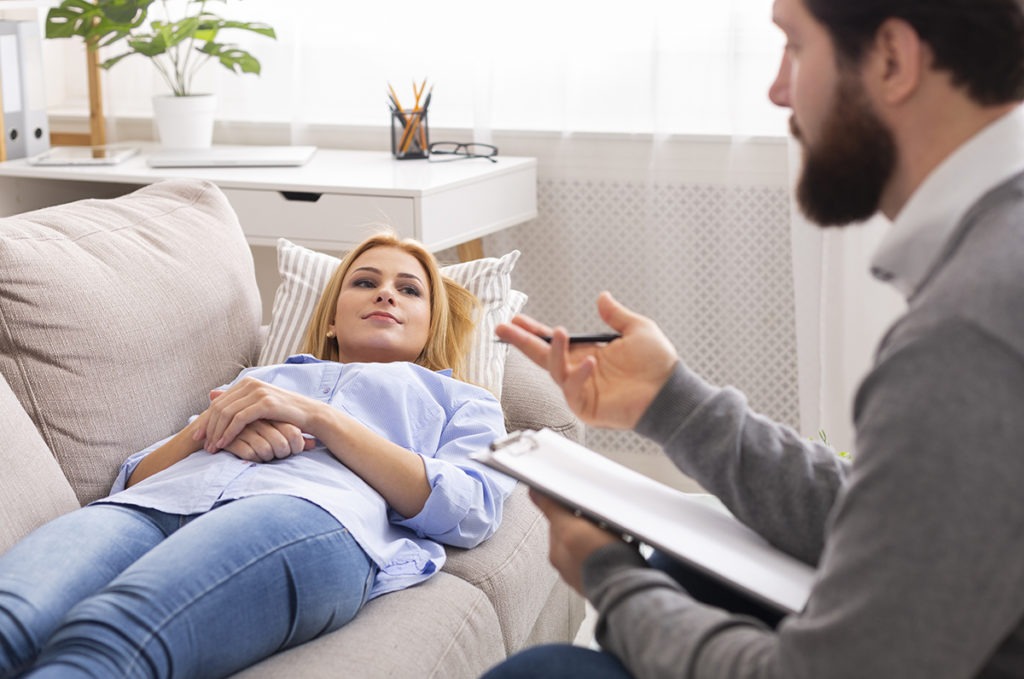A new British study confirms that problem drinking is more common among lesbian and bisexual women than among their heterosexual counterparts. But confounding all expectations, the same research project also discovered that women’s rates of alcoholism are relatively unaffected by sexual preference. In other words, even though lesbian and bisexual women drink more, they don’t succumb to alcoholism more frequently as a result.
The RaRE Research Project Discloses a Surprising Truth
Multiple studies over a period of decades have found high levels of alcohol consumption in gay, lesbian, bisexual and transgender populations. Psychological authorities believe prejudice, discrimination, family rejection and repressed feelings of guilt, shame and insecurity are the primary reasons this situationpersists, and the testimony of men and women in the LGBTQ community largely validates this assumption. Peer influence within a pervasive drinking culture is also acknowledged as a factor, but the use of alcohol (and occasionally drugs) is just one of the coping mechanisms LGBTQ individuals adopt in response to perceived hostility and a lack of social acceptance. But despite their relatively high alcohol consumption, lesbians and bisexual women don’t in fact carry a significantly elevated risk for hardcore alcohol abuse. So say the British academics responsible for the “Risk and Resilience Explored Research Project,” or RaRE for short. Backed by funding from the LGBTQ mental health charity PACE, researchers in the ongoing RaRE project have compiled a mountain of data on the inequalities in mental health among lesbian, gay, bisexual and transgender people across the British Isles. As a part of the project, more than 2,000 women were queried about their drinking habits, and statistical comparisons were made between participants based on sexual orientation. In total, 31.9 percent of heterosexual participants registered positive for problematic drinking as opposed to 37. 1 percent of lesbians and bisexuals. This represents a 16 percent increase in risk and would seem to predict an accompanying elevated risk for full-fledged alcoholism. But surprisingly, addiction rates for both groups were similar and measured within the study’s margin of error: 4 percent of straight women were judged to be alcoholics while 4.5 percent of lesbian and bisexual participants were given this diagnosis. This half-percentage point difference means that if 200 heterosexual women were chosen at random, eight would be alcoholics, while a similar sampling of lesbian and bisexual women would produce nine individuals addicted to the drug. This relatively small degree of separation was reflected in frequency of intoxication among the heaviest drinkers. While 14.9 percent of lesbian and bisexual women admitted to getting drunk once a week or more, about 13.1 percent of straight women reported reaching this level of consumption. The only significant discrepancy between the two groups is among women who never drink enough to experience intoxication: 36.2 percent of heterosexual women belong to this category while just 27.8 percent of lesbians and bisexual women do. Within the lesbian/bisexual demographic, problem drinking is more common among younger women and less common among those who live in small towns or suburbs. This suggests the drinking culture so many LGBTQ individuals speak of is largely an urban/club-related phenomenon.
Hope for Peace and Redemption
While problem drinking in general continues to plague the LGBTQ community, many lesbian and bisexual women have been able to overcome their drinking problems with the help of addiction counselors and peer support networks. Most who’ve made the journey back to wellness say that LGBTQ-specific peer groups have made a huge difference, filled as they are with compatriots who possess a better understanding of the challenges lesbian and bisexual women face as they struggle to handle the discrimination, rejection and even hatred they often experience from their families and society at large. The fact that lesbians and bisexuals don’t have a significantly elevated risk of alcoholism is good news. But problem drinking in any form is a dangerous and counterproductive behavior, and the 37-plus percent of LGBTQ women who use alcohol excessively and recklessly are putting themselves at risk of bigger trouble down the road. Fortunately, therapy and counseling can make a substantial impact in the lives of these women. Trained addiction experts can help them explore the inner anguish that drove them to seek the dubious comforts of alcohol in the first place. With expanded self-awareness, these victims of alcoholism can fight back against their enslavement, in the process finding the peace, happiness and sense of self-control that has eluded them for so long.






